Seeking maximum engine power but finding stock components restrictive? Factory cylinder heads often have airflow limitations that can choke your engine’s true potential and performance goals.
CNC head porting is a precision machining process that uses a multi-axis CNC machine to reshape an engine’s cylinder head ports, improving airflow for increased horsepower and efficiency.
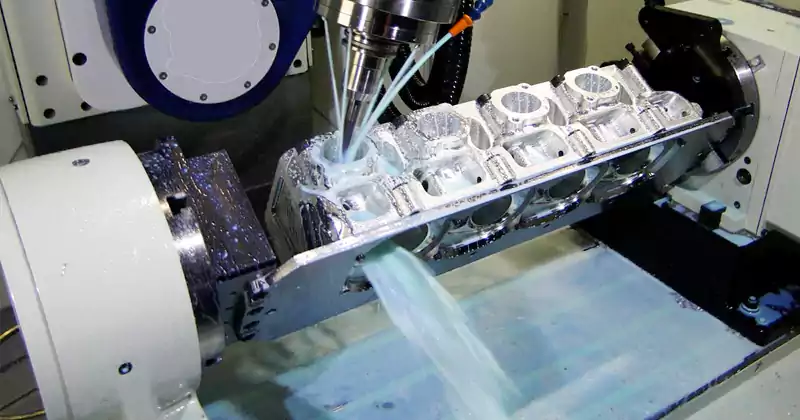
In my line of work at Allied Metal, we’re all about precision manufacturing, and there are few places where precision matters more than inside an engine. CNC head porting is a perfect example of where advanced CNC machining meets high-performance engineering. For an engineer like David, who works with complex mechanical systems, understanding how to optimize components for better performance is key. My insight here is that CNC Head Porting uses computer-controlled tools to reshape the intake and exhaust ports on a cylinder head. The whole point is simple: the goal is to get air in and out more efficiently. When you do that right, the results are impressive. With better airflow, you can see horsepower gains, smoother performance, and even better fuel efficiency. It’s a specialized process, but it’s one that truly showcases the capabilities of modern CNC technology.
What Exactly Is Meant by ‘CNC Head Porting’?
You hear "CNC ported" in high-performance automotive circles. What does this term actually mean, and how does it differ from just cleaning up the ports?
CNC head porting is a highly precise process. It uses a multi-axis CNC machine (typically 5-axis) to reshape the intake and exhaust ports of a cylinder head according to a proven digital design.
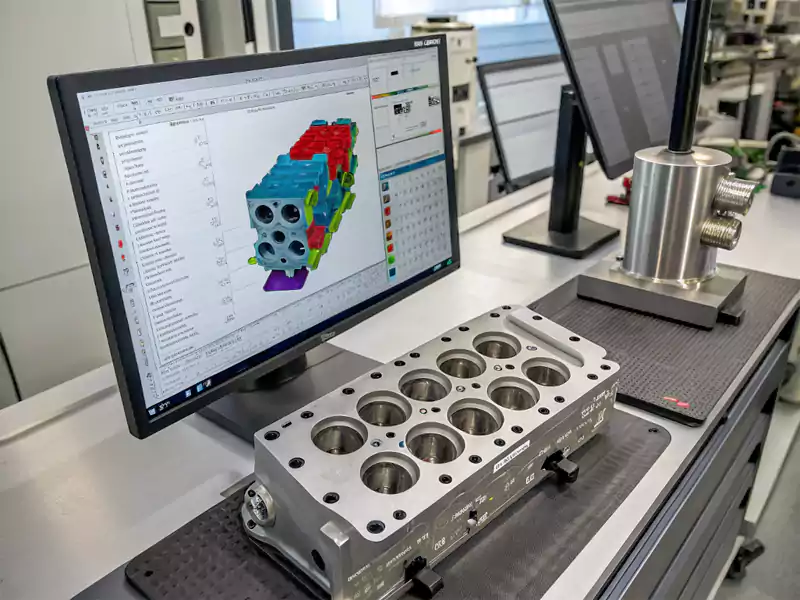
Diving Deeper into the Definition
CNC head porting is the most advanced and repeatable method for modifying the intake and exhaust ports of an internal combustion engine’s cylinder head. Let’s break down the term:
- CNC (Computer Numerical Control): This signifies that the entire process is automated and controlled by a computer. A digital program, created from extensive airflow testing and design work, guides the cutting tool with extreme precision.
- Head: This refers to the cylinder head, the component that sits on top of the engine block and contains the ports, valves, and combustion chambers.
- Porting: This is the act of modifying the internal shape and surface finish of the intake and exhaust ports.
So, when we put it all together, CNC head porting is the process of using a specialized, multi-axis CNC machine to execute a pre-designed program that reshapes the ports. The machine uses a special long-reach cutting tool (a "porting tool1" or "ball nose end mill") to remove material from the inside of the cast passages. Unlike manual porting, which relies on the skill and feel of a human operator, CNC porting can perfectly replicate a highly optimized port design on every single port, across multiple cylinder heads, with incredible consistency. This ensures that each cylinder in the engine performs identically. It’s the pinnacle of precision for engine airflow optimization, a process someone like David would appreciate for its data-driven and repeatable nature.
What Does It Truly Mean When a Cylinder Head Is ‘Ported’?
Whether done by hand or CNC, what does "porting" a cylinder head actually involve? What changes are made inside those passages to improve the engine’s breathing?
When a head is ported, its intake and exhaust passages have been reshaped and smoothed to remove casting flaws and improve the airflow path, allowing the engine to breathe more efficiently.
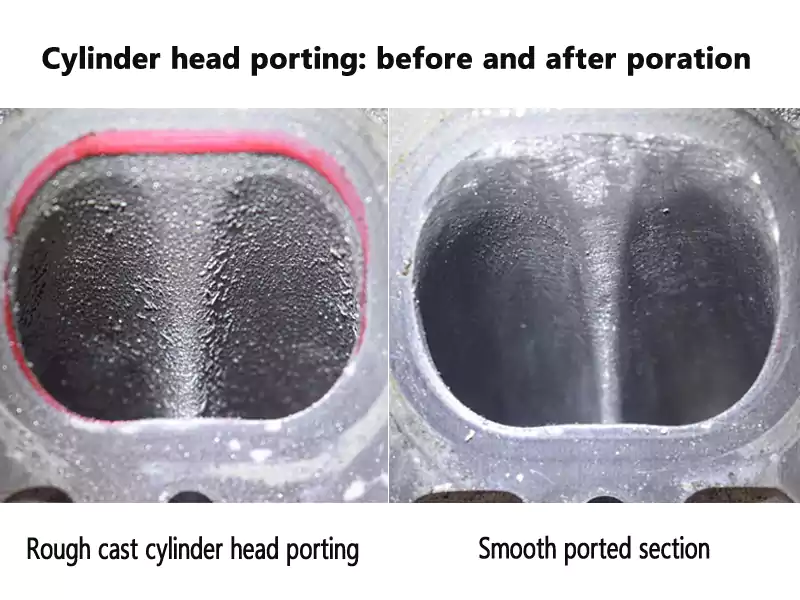
Diving Deeper into the Act of Porting
"Porting" a cylinder head is the general term for modifying the shape, size, and surface finish of the internal passages (the intake and exhaust ports) through which air and fuel enter and exhaust gases exit the engine’s combustion chamber. The goal is to improve the quality and quantity of airflow.
Stock cylinder heads, especially those from mass-produced vehicles, are created by casting. This process can leave behind rough surfaces, casting flash (small imperfections), and shapes that are designed more for ease of manufacturing than for maximum performance. Porting aims to correct these limitations.
Key modifications during porting include:
- Removing Imperfections: The first step is often to smooth out the rough cast surfaces and remove any sharp edges or casting flash that can disrupt airflow.
- Reshaping the Port: This is where the real art and science come in. The porter will modify the overall shape of the port. A critical area of focus is the "short-side radius," the tight inner curve of the port just before the valve seat. A poorly shaped short-side radius can cause airflow to separate from the wall, creating turbulence and restricting flow.
- Modifying the "Bowl" Area: The area directly behind the valve head, known as the valve bowl2, is critical. Blending this area smoothly into the valve seat and the main port is a major part of a good porting job.
- Optimizing Port Volume: It’s not always about making the port as large as possible. The goal is to create the right volume and cross-sectional area to maintain high air velocity, which helps with cylinder filling, especially at lower RPMs.
- Surface Finish: While a mirror-smooth finish on the exhaust port can help prevent carbon buildup, a slightly textured finish is often preferred on the intake port to help keep fuel atomized and mixed with the air.
Whether done manually by a skilled expert with hand grinders or with the ultimate precision of a CNC machine, the goal is the same: to create a smooth, efficient pathway for air, which is the foundation for making more power.
What Is the Ultimate Purpose of Porting a Cylinder Head?
Why do tuners and engineers invest so much effort into reshaping these passages? What is the core engineering goal that porting aims to achieve for an engine?
The primary purpose of porting is to increase an engine’s volumetric efficiency (VE). By improving airflow, the engine can draw in more air/fuel mixture, leading to more powerful combustion.
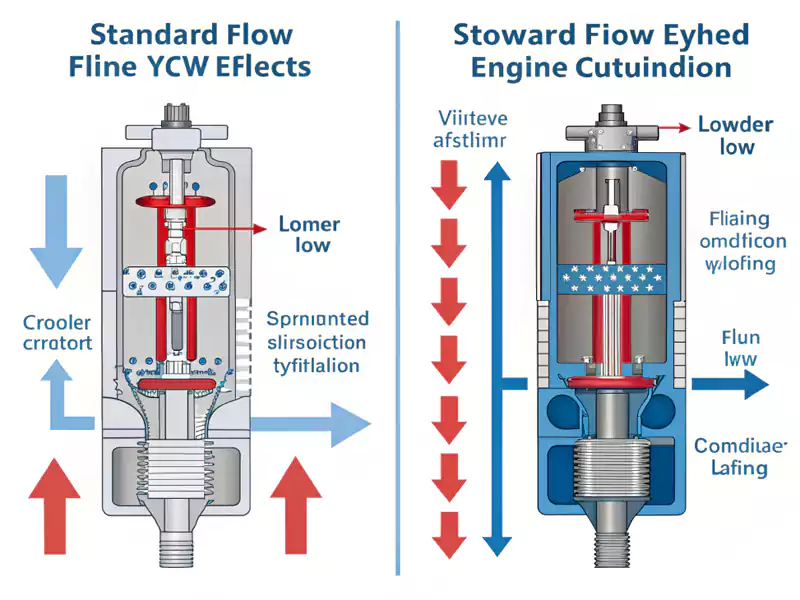
Diving Deeper into Volumetric Efficiency (VE)
The ultimate purpose of porting a cylinder head can be summed up in two words: Volumetric Efficiency (VE)3. Understanding this concept is key to understanding why porting matters so much for engine performance.
An internal combustion engine is essentially an air pump. Its power output is directly related to how much air (and fuel) it can move through its cylinders during each intake stroke4. Volumetric Efficiency is a measure of how effectively the engine fills its cylinders with air compared to their theoretical or geometric volume. A VE of 100% means the engine managed to draw in a volume of air equal to the cylinder’s displacement.
However, the intake path is not a perfect, open pipe. The air has to travel through an air filter, throttle body, intake manifold, and finally, the cylinder head ports and past the intake valve. Every bend, rough surface, and restriction in this path reduces the engine’s ability to fill the cylinder completely, thus lowering its VE.
How Porting Improves VE:
The cylinder head ports are often one of the most significant restrictions in the entire intake tract. By carefully reshaping and smoothing the ports, a porter (or a CNC program) reduces turbulence and flow resistance.
- Increased Airflow Quantity: A well-ported head allows a greater quantity of air (measured in cubic feet per minute, or CFM) to flow through the port at a given valve lift.
- Improved Airflow Quality: Good porting also improves the quality of the flow, ensuring the air enters the cylinder smoothly and efficiently, promoting better mixing with fuel.
As my think, the goal is to get air in and out more efficiently. By increasing the VE, the engine can burn more fuel, which results in a more powerful combustion event and ultimately, more horsepower and torque. It’s one of the most effective ways to improve an engine’s fundamental breathing ability. For an engineer like David, optimizing flow through a system is a familiar concept, and in an engine, the ports are a critical part of that system.
How Is Porting Specifically Applied in the Automotive World?
Porting sounds like a high-level engineering task. How does this translate to real-world automotive applications, from daily drivers to full-on race cars?
In automotive use, porting ranges from mild "clean-ups" on street cars to radical, full-CNC reshaping for racing engines. It’s a key technique for aftermarket tuning and high-performance builds.
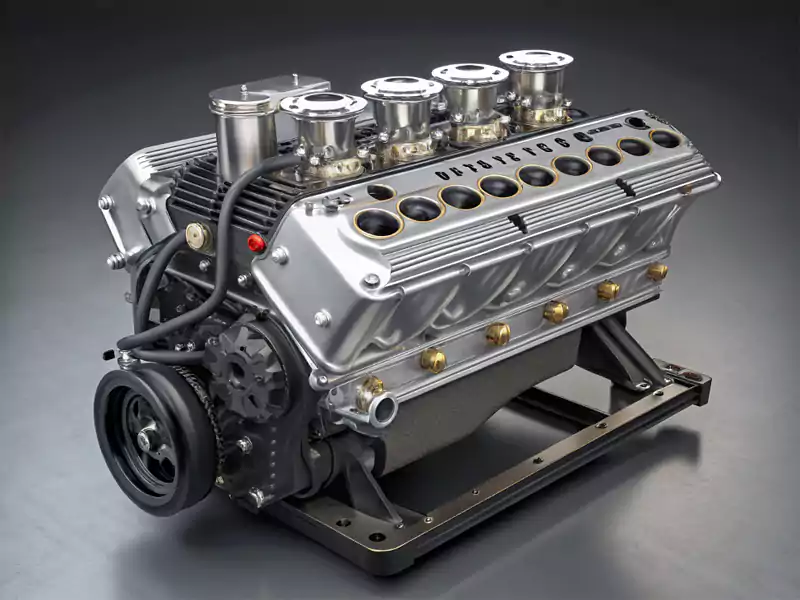
Diving Deeper into Automotive Porting Applications
In the automotive world, cylinder head porting is a cornerstone of engine performance enhancement. The level and type of porting applied can vary dramatically depending on the engine’s intended use, the owner’s budget, and their performance goals.
1. Street Performance / "Clean-Up" Porting:
- For many enthusiasts with daily driven or street performance cars, a basic porting job is common. This often involves:
- Bowl Blending: Smoothing the transition from the port into the valve seat area (the "bowl"). This is often where the biggest "bang for the buck" gains are found.
- Casting Flash Removal: Grinding away the rough, excess material left over from the casting process.
- General Smoothing: A light polishing of the port surfaces to reduce surface friction.
- This level of porting aims to unlock the "hidden" potential in a stock cylinder head without radically changing the port shape or volume. It can improve throttle response and add a modest amount of power across the RPM range.
2. High-Performance / Racing Applications:
- For dedicated racing engines, the porting is far more extensive and scientific. This is where CNC head porting truly shines.
- Full CNC Porting: The entire port, from the intake manifold flange to the valve seat, is completely reshaped by a 5-axis CNC machine. The design used is the result of hundreds of hours of flow bench testing and dyno validation to create the optimal shape for maximum power within a specific RPM range.
- Material Addition: In some extreme cases, material (like epoxy or through welding) might be added to the port floor or walls to redirect airflow before the CNC machine does the final shaping.
- Port Matching: Ensuring the cylinder head ports align perfectly with the intake and exhaust manifolds for an uninterrupted flow path.
Factory High-Performance Cars:
Automakers use these techniques too. High-performance models—like the Porsche GT3 or Mustang Shelby GT500—come with much better cylinder head port designs than base versions of the same engine. That’s a big reason why they make more power and run smoother.
What Are the Tangible Benefits of a Ported Cylinder Head?
Improving airflow sounds good in theory. But what are the real-world results? What specific, measurable advantages does a well-ported cylinder head provide for an engine?
The primary benefits are increased horsepower and torque. A ported head also allows for a broader powerband, improved throttle response, smoother engine operation, and sometimes better fuel efficiency.

Diving Deeper into the Advantages
The effort and expense of porting a cylinder head translate into several significant and tangible benefits for engine performance. These advantages are why performance enthusiasts and professional race teams invest so heavily in this process. For an engineer, these are the performance metrics that justify the manufacturing complexity.
-
Increased Horsepower and Torque:
- This is the number one reason people port cylinder heads. As my insight notes, "with better airflow, you can see horsepower gains." By allowing the engine to take in more air and fuel per cycle (improving volumetric efficiency), a ported head enables the engine to produce more power. The gains can be modest on a street engine or very substantial on a full-race build. The torque curve also typically benefits, often becoming broader and flatter.
-
Improved Throttle Response and Smoother Performance:
- A more efficient airflow path means the engine can respond more quickly to throttle inputs. The engine often feels "crisper" and more eager to rev. By ensuring each cylinder’s ports flow equally (especially with CNC porting), the engine runs more smoothly and is easier to tune, as each cylinder is contributing more equally to the total power output.
-
Higher RPM Potential:
- As engine speed (RPM) increases, the time available for the intake and exhaust strokes becomes very short. A stock, restrictive port can act like a bottleneck, causing power to drop off sharply at high RPMs. A well-ported head allows the engine to continue "breathing" efficiently at higher speeds, extending the usable powerband.
-
Potential for Better Fuel Efficiency:
- This might seem counterintuitive for a performance modification, but it’s often true. A more efficient engine doesn’t have to work as hard to produce a given amount of power. During normal, part-throttle driving, this increased efficiency can translate into improved fuel economy. The engine can achieve the needed power output with less throttle opening and lower pumping losses. My insight about potential fuel efficiency gains highlights this often-overlooked benefit.
-
Unlocking the Potential of Other Modifications:
- A ported cylinder head often acts as an "enabler" for other performance parts. A high-performance camshaft, intake manifold, or exhaust system won’t deliver their full potential if the cylinder head ports are the main restriction in the system. Porting removes this bottleneck, allowing the entire combination of parts to work together effectively.
Ultimately, porting is about optimizing the engine as an air pump, and the benefits ripple through nearly every aspect of its performance.
Conclusion
CNC head porting precisely reshapes engine ports to optimize airflow. This boosts volumetric efficiency, leading to significant gains in horsepower, torque, and overall engine performance.
-
Discover the role of porting tools in CNC head porting and how they contribute to optimizing engine airflow. ↩
-
The valve bowl’s design significantly impacts airflow and combustion efficiency, making it essential for performance tuning. ↩
-
Understanding VE is crucial for optimizing engine performance and efficiency. Explore this link to deepen your knowledge. ↩
-
The intake stroke is essential for engine power. Learn more about its role in engine performance and efficiency. ↩
